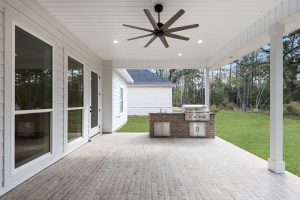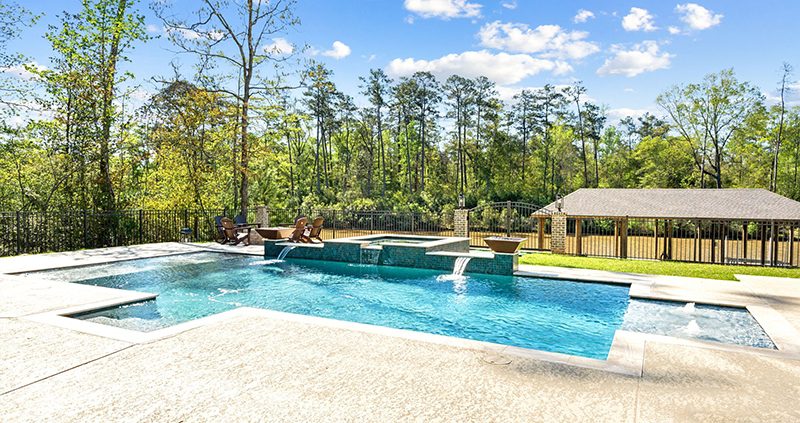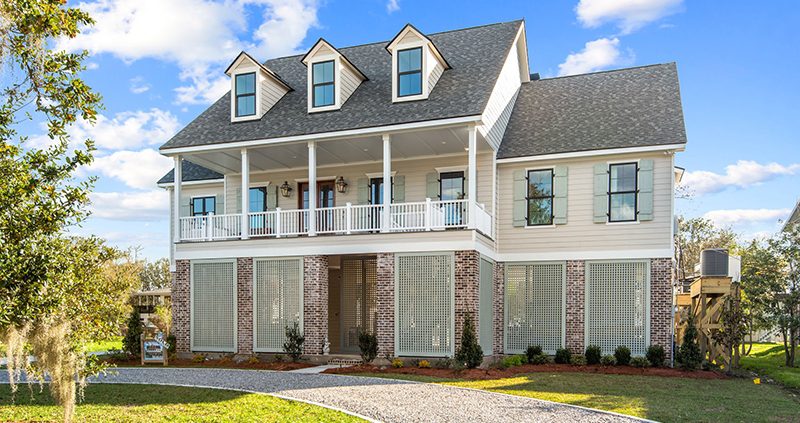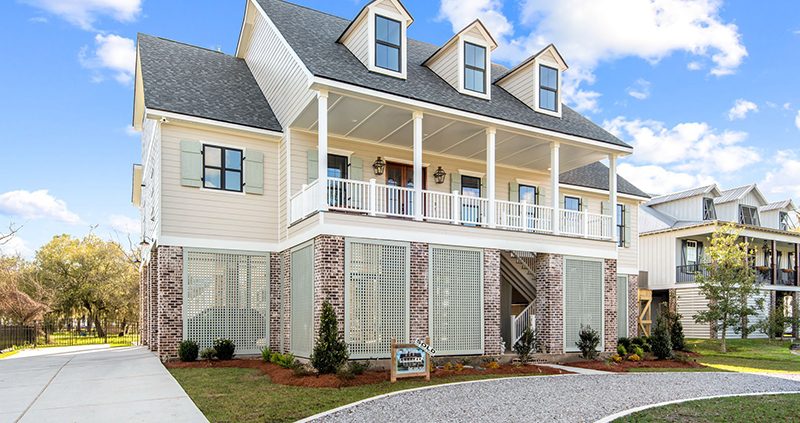Last year may be remembered as a correction period in real estate history. After a pandemic-driven seller’s market, marked by bidding wars, inventory shortages, and skyrocketing prices, the housing market began to cool down in 2022. The impact of inflation and rising interest rates dampened buyer enthusiasm, slowing sales and decelerating price appreciation.
This shift made 2023 a transitional year, and now in 2024, inflation is much lower, but home prices and mortgage rates remain high. Sellers still hold an advantage in many areas due to continued housing scarcity, and no one anticipates a dramatic market crash. However, many analysts predict a shift towards a more balanced market, which would benefit buyers.
Regardless of the economic climate, buying a house can be an exciting and emotional process. Before starting your search, ensure you understand the ins and outs of homebuying to make the best decisions for your family and wallet. Here’s a step-by-step guide to help you navigate the process.
Purchasing a home is a major decision that shouldn’t be taken lightly. Clarify your personal and financial goals first. “Buyers should think about when they intend on moving and what they want in a home—amenities, ideal location, and how long it could take them to save for a down payment,” says Edwence Georges, a real estate agent with RE/MAX in Westfield, New Jersey.
Your credit score plays a crucial role in determining your financing options; lenders use it to set loan terms and rates. The higher your score, the lower the interest rate you’ll be eligible for—lower scores equate to more expensive mortgages. Obtain your credit report and score from the three major credit reporting agencies, Equifax, Experian, and TransUnion, for free once a year. If you find any discrepancies, report them to each agency.
To avoid paying private mortgage insurance (PMI), you’ll need to put down at least 20 percent of the home’s purchase price. Some lenders offer mortgages without PMI with lower down payments, but expect higher interest rates. Research different loan types and government programs that help cover down payment costs for qualified buyers.
Setting a realistic budget for your new home is essential. Consider all expenses to determine what you can afford long-term. “Buyers tend to forget to factor in other costs, like homeowners association fees and maintenance,” says Paige Kruger, Realtor and founder of Signal Real Estate in Jacksonville Beach, Florida.
Getting preapproved for a mortgage gives you a clearer picture of how much you can afford and strengthens your offer when bidding on a house. Shop around with at least three lenders or a mortgage broker to increase your chances of securing a low interest rate.
An experienced real estate agent can save you time and money by helping you find the right home and negotiating with the seller on your behalf. Contact several local agents to discuss your needs before choosing one. “Someone with knowledge of an area can tell if your budget is realistic and point you to adjacent areas or other considerations,” Kruger says.
While viewing listing photos online is helpful, nothing beats visiting homes in person and exploring the neighborhood and its amenities. Be specific with your agent about the types of homes you want to see, and prioritize must-haves over nice-to-haves.
Understanding how to make an attractive offer on a home can increase your chances of acceptance. Work closely with your agent to prepare a complete offer package, including your offer price, preapproval letter, proof of funds for a down payment, and any terms or contingencies.
A home inspection provides an overall picture of the property’s condition and any issues it might have. Major problems might require the seller to make repairs or offer a credit. Your agent can recommend a home inspector and help you negotiate necessary repairs.
Final loan approval requires maintaining your finances and credit during the underwriting phase. Avoid opening new credit lines, making major purchases, or changing jobs before closing. Respond promptly to lender requests and keep your paperwork organized.
A final walk-through is your last chance to address any outstanding issues before taking ownership. Bring your home inspection checklist and repair invoices to ensure everything is in order.
Once all contingencies are met and your lender clears the loan, it’s time to close on your new home. Review your closing disclosure three days before the closing date, which outlines your loan details. Attend the closing with your real estate agent, and after signing the paperwork, the home is officially yours.
Traditionally, spring is the peak homebuying season, but your financial readiness is more critical than the time of year. Despite recent high mortgage rates and home prices, buying a house now could be a good move if you’re financially stable. If your savings are tight or your credit score needs improvement, it might be better to wait.
Be cautious when buying near the market peak, especially if you plan to stay in the home for only a few years. “Bargain aggressively and be willing to walk away,” advises Ken H. Johnson, a real estate economist at Florida Atlantic University.
Each housing market has its own quirks. Partner with a knowledgeable local agent who understands the intricacies of their market to navigate these challenges effectively.
The down payment is often the largest upfront homebuying expense, but there are additional costs like closing fees, property taxes, home insurance, and maintenance to consider. Budget carefully to ensure you can afford these long-term expenses.
Understanding these steps and working with professionals can make your homebuying journey smoother and more enjoyable.



 Builders were surveyed on how frequently they implemented seven categories of green building practices, whether the home was certified green or not. The leading practice in new homes was energy efficiency at 91%, followed by water efficiency at 52%, and healthier indoor living environments at 49%. For remodelers, the top three practices were energy efficiency (86%), healthier indoor living environments (51%), and water efficiency (49%).
Builders were surveyed on how frequently they implemented seven categories of green building practices, whether the home was certified green or not. The leading practice in new homes was energy efficiency at 91%, followed by water efficiency at 52%, and healthier indoor living environments at 49%. For remodelers, the top three practices were energy efficiency (86%), healthier indoor living environments (51%), and water efficiency (49%).








